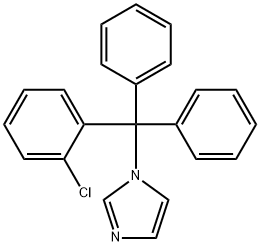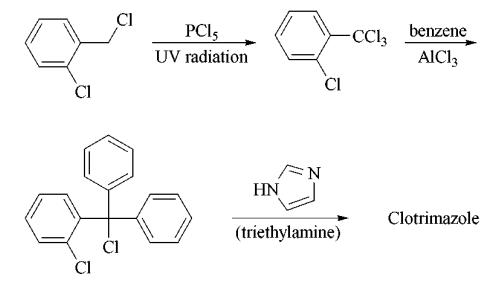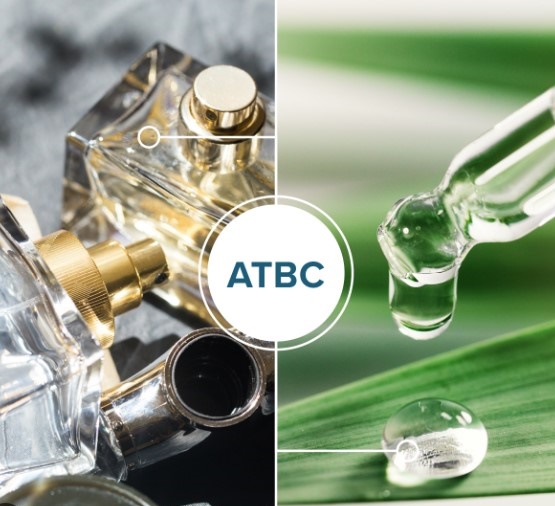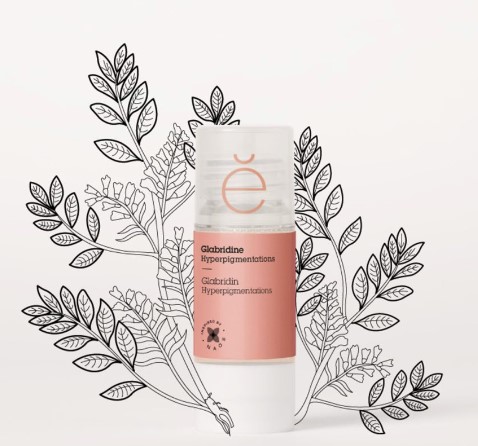The Function and limitations of Clotrimazole
Description
A fungal infection, also called mycosis, is a skin disease caused by a fungus. There are millions of species of fungi. They live in the dirt, on plants, on household surfaces, and your skin. Sometimes, they can lead to skin problems like rashes or bumps. Clotrimazole and miconazole were the first two antifungal azoles developed for the treatment of human mycoses. Both agents have broad and potent antifungal activity. They are practically insoluble in water and not significantly absorbed from the gastrointestinal tract.
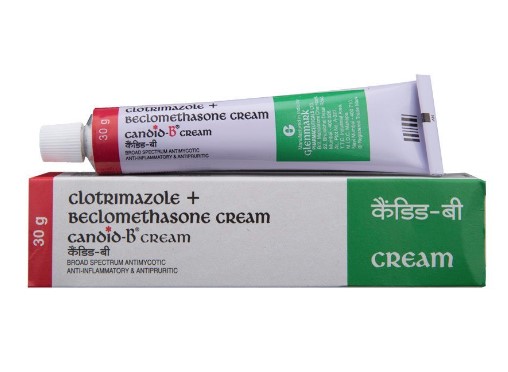
Miconazole and Clotrimazole
Miconazole is a cream used to treat skin and vaginal infections. Similarly, Clotrimazole is also a medication used to treat fungal infections. Clotrimazole is the first member of the triphenylmethane series of clinical importance. It has good in vitro activity at very low concentrations against a large variety of fungi (yeasts and molds). In 1989, two hundred cases of superficial mycosis were studied for the comparative effect of miconazole and clotrimazole. In dermatophytosis, miconazole showed an accelerated response (75% cleared in 6 weeks) than clotrimazole (56%). In candidiasis, both were found to be effective (80-85%) cures though clotrimazole showed a slightly earlier response (40% cure in 6 weeks) against miconazole (30% cure)[1]. In pityriasis versicolor, both were, effective (miconazole 99.6% and clotrimazole 86.7%).
Biological function
Clotrimazole was developed in the 1970s for the treatment of fungal infections. It was subsequently shown to inhibit Ca2+-activated potassium channels, release Ca2+ from internal stores, inhibit Ca2+ release activated Ca2+ influx, and inhibit proliferation of cancer cells in vitro and tumor growth and metastasis in vivo. Further studies demonstrated that partial depletion of Ca2+ stores causes phosphorylation of eIF2α and inhibition of translation initiation. This accounts, at least in part, for the anticancer activity of Clotrimazole[2]. Further, Clotrimazole inhibits angiogenesis and sensitizes glioblastoma cells to radiation therapy.
Limitation
Due to the rapid and potent induction of microsomal liver enzymes after systemic administration, with increased metabolism and abolition of its antifungal efficacy, clotrimazole is now used only as a topical agent. The adverse effects include reddening of the skin, stinging sensation, itching, urticaria, edema, vesication, and desquamation on topical application to the skin.
References
[1] Saha K, et al. Comparative study of miconazole and clotrimazole in superficial mycosis. Indian Journal of Dermatology, 1989; 34: 69-72.
[2] Groll A, et al. Clinical Pharmacology of Systemic Antifungal Agents: A Comprehensive Review of Agents in Clinical Use, Current Investigational Compounds, and Putative Targets for Antifungal Drug Development. Advances in Pharmacology, 1998; 44: 343-500.
);You may like
Related articles And Qustion
See also
Lastest Price from Clotrimazole manufacturers
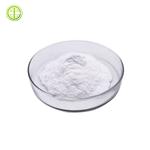
US $150.00-52.00/Kg/Bag2024-04-22
- CAS:
- 23593-75-1
- Min. Order:
- 1Kg/Bag
- Purity:
- 0.99
- Supply Ability:
- 20 tons
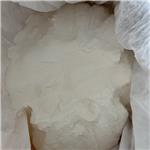
US $3.00-1.00/kg2024-04-12
- CAS:
- 23593-75-1
- Min. Order:
- 1kg
- Purity:
- 99.9%
- Supply Ability:
- 10 tons
